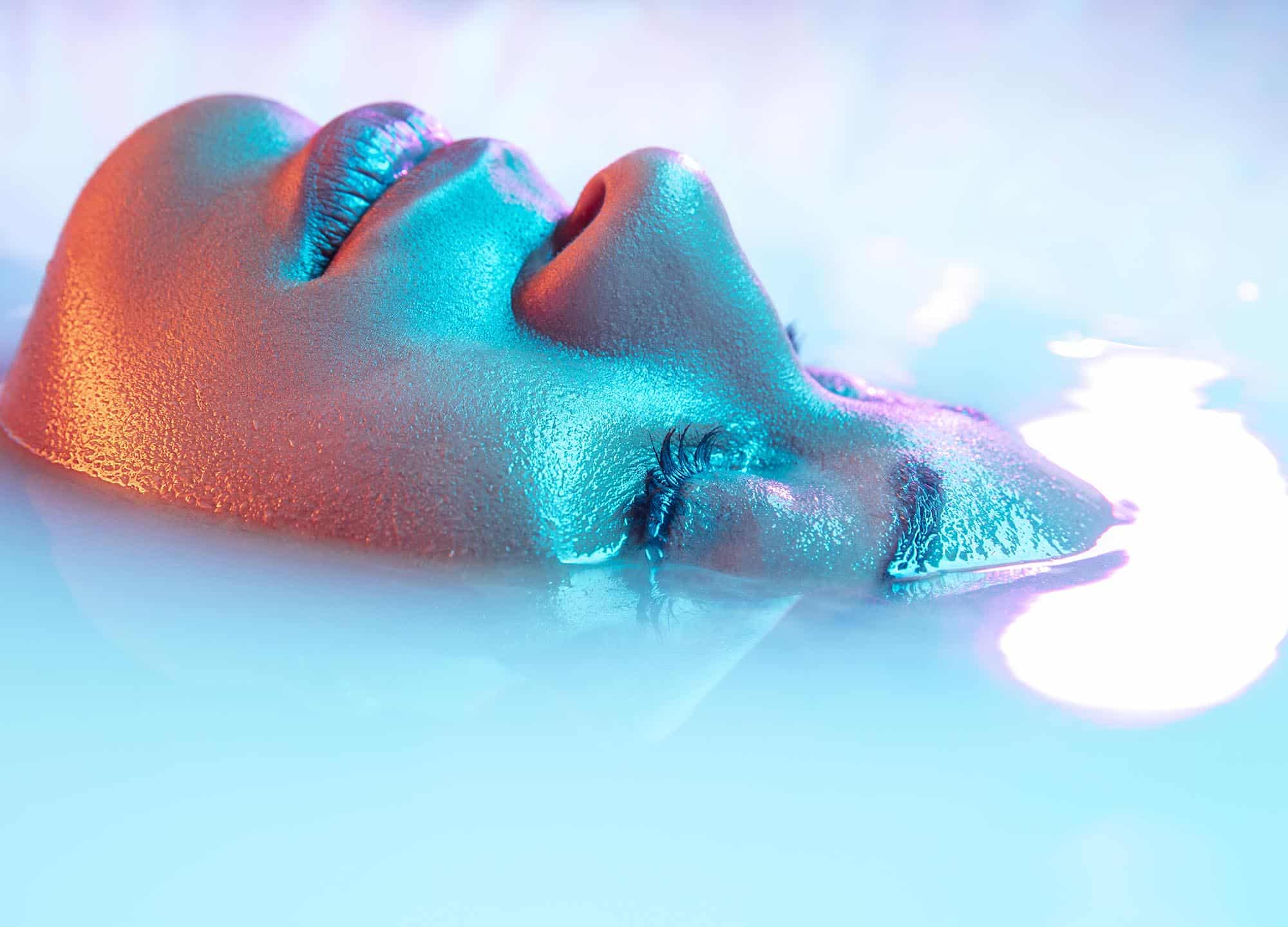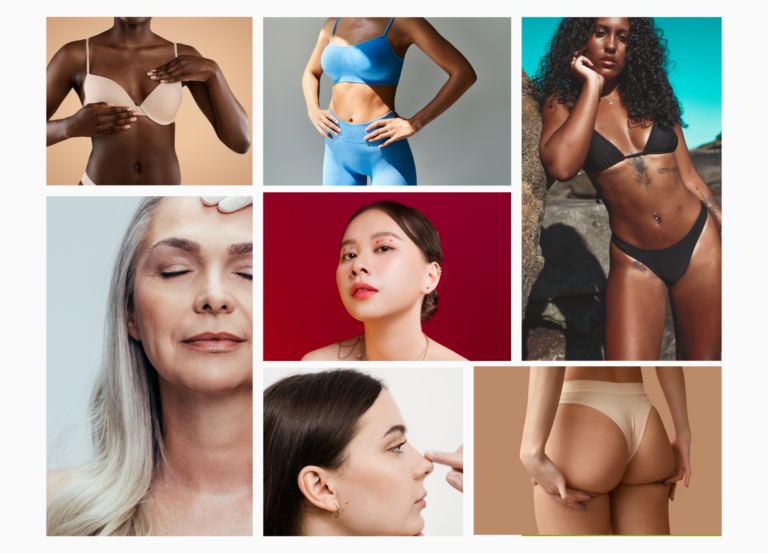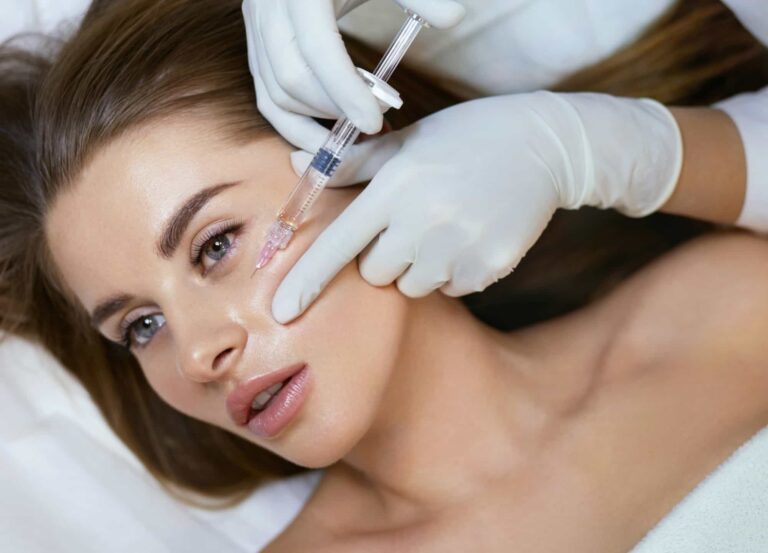It began like many videos that flirt with viral status on TikTok: a beautiful girl, a controversial cosmetic procedure, and a results reveal. Except this time, there was another character who had inserted himself into the narrative. As the girl’s skin was stretched tight at her temples by an invisible thread, Dr. Anthony Youn, the self-proclaimed ‘holistic plastic surgeon,’ offered his own commentary. “I hope your doctor told you six months after your thread lift you’ll be back to where you started,” he says with a shrug.
Dr. Youn, based in Troy, Michigan, is one of the many surgeons who have found a unique platform on social media to elevate their professional profile while educating the masses. The result is a dedicated combined following of almost 6 million, all eagerly ingesting his procedural documentation, before-and-after reaction clips, and expert analysis of celebrity cosmetic work. “Tony woke up and chose violence,” reads a top comment attached to his ‘expose’ videos, while other users praise the surgeon’s impulsive expressions.
But it’s Dr. Youn’s myth-busting “fact or cap” format, in which he unearths the most unhinged beauty hacks percolating on the Explore page and evaluates their legitimacy, that has become his most popular. Similarly, Dr. Jerry R. Chidester, a board-certified plastic surgeon in Draper, Utah, notes that there are still many misconceptions about common breast surgeries and nonsurgical alternatives to breast enhancement circulating on social media, propelling him to set his 60,000 followers straight. From olive-oil massages for bigger breasts to obscure face-shaping devices, here are the myths top surgeons are debunking on social media.
Myth #1: Pinching your face can reshape it
Ever since the dawn of TikTok, clips illustrating quick-fix nonsurgical methods to alter your face in some capacity have continued to grow in popularity. While some are a little more tried-and-true, such as gua sha (though, Dr. Youn notes, any “face-sculpting technique is temporary and lasting results vary”), there are many extreme alternatives—and devices—that claim fast results.
The pseudo lip lift—which involves pulling your lip up and holding it there for an extended period—is something that Dr. Youn has tackled online several times. In his response, Dr. Youn explains that tugging at a body part has no impact on its shape—be it the lips, nose, or nipples.
“I wanted to entertain, as well as inform, in my videos,” Dr. Youn explains. “The way people present their ‘results’ can make it seem like some of these methods really work, but any lasting impact can only really be achieved with surgery or injectables. Thinking that putting a clip on your nose will reshape it is one of the most bizarre myths I’ve come across.”
If you’re serious about changing any feature, you’re better off saving your time, and money, for a cosmetic procedure. Oh, and the same goes for fat reduction massages.
Myth #2: Breast milk is a skin-care wonder
Women applying breast milk to their faces went viral on TikTok, and Dr. Youn was quick to address claims that breast milk can rid your face of ailments from eczema to acne. While he acknowledges that breast milk is both antimicrobial and contains fats that can make for a softer, more hydrated complexion, he doesn’t recommend trying it at home.
“Breast-milk facials do exist as real-life beauty treatments,” he claims, “and are mostly associated with acne due to their antibacterial properties, but using someone else’s breast milk can mean a myriad of other issues, including communicable diseases.” For clear skin, opt for tried-and-true ingredients like vitamin C and retinol.
Myth #3: The softness of breast implants depends on the implant
Unlike for Dr. Youn, most of Dr. Chidester’s inspiration for debunking myths derives from ‘pre-surgery’ quotes from patients. A breast surgery specialist, he has taken to TikTok to dive into nipple removal (the entire breast is elevated; there is no “cutting and pasting”) and burst implants, and he often addresses the role scar tissue plays in breast softness. While many patients believe it’s the procedure’s success or the implant itself that contributes to a more “natural” feel, in reality, Dr. Chidester explains, “everyone’s body reacts differently.” It doesn’t matter which kind of implant you use, “thick scar formation means it will not feel natural.”
Moreover, Dr. Chidester wants people to know that breast enhancement is sought for as many different reasons as there are shapes and sizes. “A majority of breast implants I do are for women who have lost all their breast volume from breastfeeding or massive weight loss,” he says. “They aren’t looking to be ‘fake’ or have ‘stripper breasts,’ but they want to be proportionate and feel feminine again.”
Myth #4: Exercise and olive oil can lift or grow your breasts
Dr. Youn has addressed several processes to adjust either the shape or position of the breasts without surgical intervention—each more egregious than the last.
“A key misconception is that exercise can lift the breasts on the chest, but stronger muscles will not change your breast shape or size,” he says, including workouts that target the pectoral muscles. Sure, this might improve your chest’s appearance and your overall posture, but because breasts are made of fibrous connective tissue, they cannot be firmed up, or generally lifted, with exercise.
There’s also talk of growing, as well as perk-ifying, your breasts with olive oil. While Dr. Youn concedes there may be a hydration payoff to massaging your breasts with olive oil, because breast skin is thicker than that of the face, “penetration of a topical product [leading] to any lasting change is much more difficult.” In short, olive oil can moisturize your breasts, but you’re better off leaving olive oil where it belongs: on your salad.
Bottom line
There are plenty of DIY beauty trends Dr. Youn backs—chia seeds for weight loss are a must, he reveals, and using a home remedy hair spray of rice and water can actually aid in growth. Primarily though, Dr. Youn’s purpose is to dispel misinformation around plastic surgery as nip-tuck culture becomes increasingly destigmatized.
“Unfortunately, many young people think that plastic surgery is super-easy and no big deal, like getting a new haircut. I, along with other responsible plastic surgeons, share some of the risks and complications that can occur, in addition to some of the great outcomes that can come from plastic surgery.”
“My goal is to educate the public on what plastic surgery truly is and what amazing things it can do for people,” says Dr. Chidester. “Young people actually are much more open to talking about it. ”
Primarily, says Dr. Youn, the goal of many surgeons utilizing social media is to pull back the curtain on the rapidly shifting, often unrealistic self-presentation disseminated via social media as well as the lengths required to subscribe to them. Whether based in fact or fiction, aspirational content sells—and sometimes that does more harm than good.
“Although many social media influencers make it a point to show off their six-pack abs and expensive clothes and cars, I believe this is a false front meant to glamorize the person to the point where they’re not relatable,” Dr. Youn says. “Social media’s beauty is manufactured in many ways, and it’s important that we, as cosmetic physicians, acknowledge that.”











